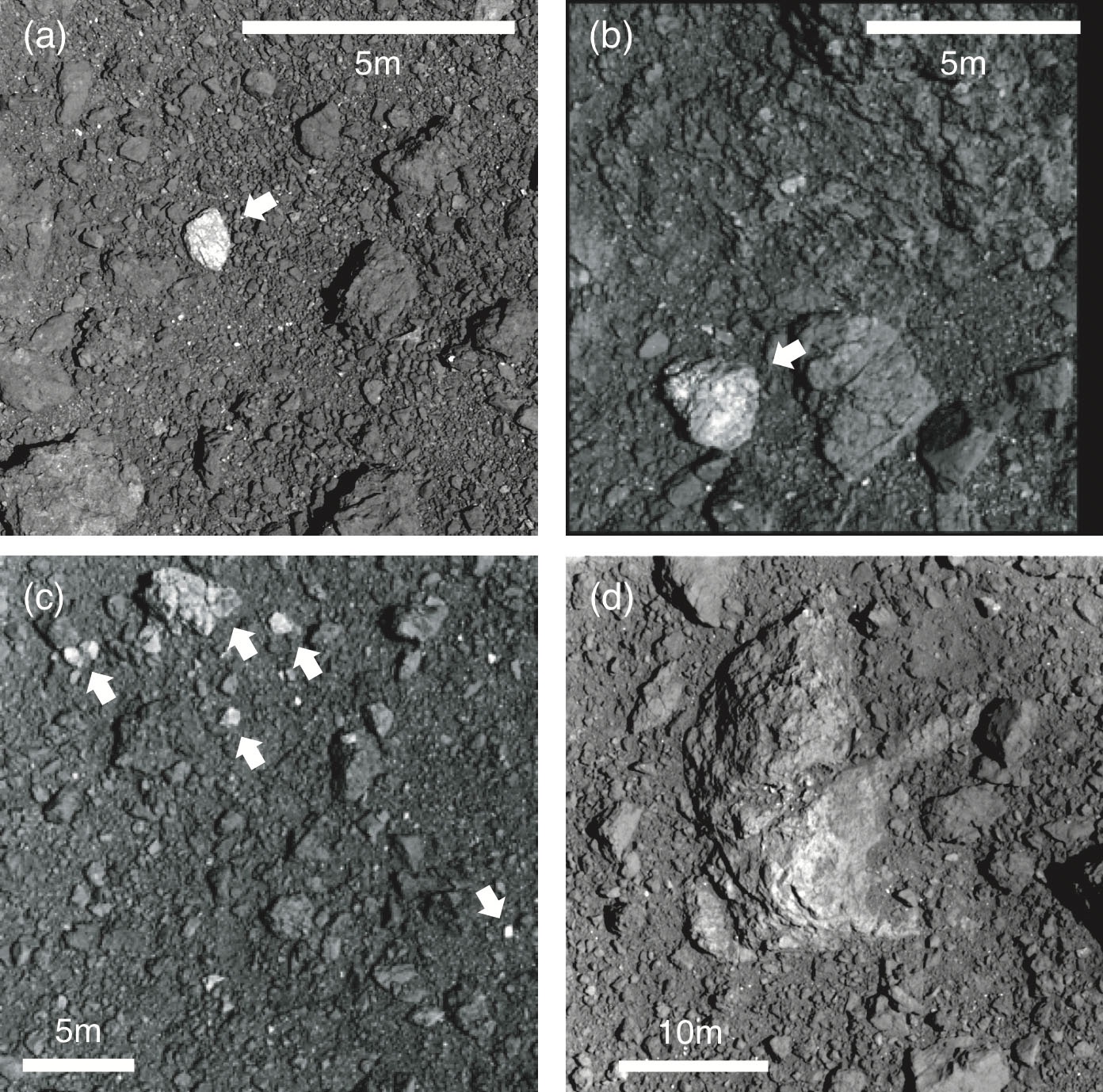
The discovery of tiny salt grains in a sample from an asteroid provides strong evidence that liquid water may be more common in the solar system than previously thought. Sodium chloride, better known as table salt, isn’t exactly the type of mineral that captures the imagination of scientists. However, a smattering of tiny salt crystals discovered in a sample from an asteroid has researchers at the University of Arizona Lunar and Planetary Laboratory excited, because these crystals can only have formed in the presence of liquid water.
Even more intriguing, according to the research team, is the fact that th...
Read More








Recent Comments